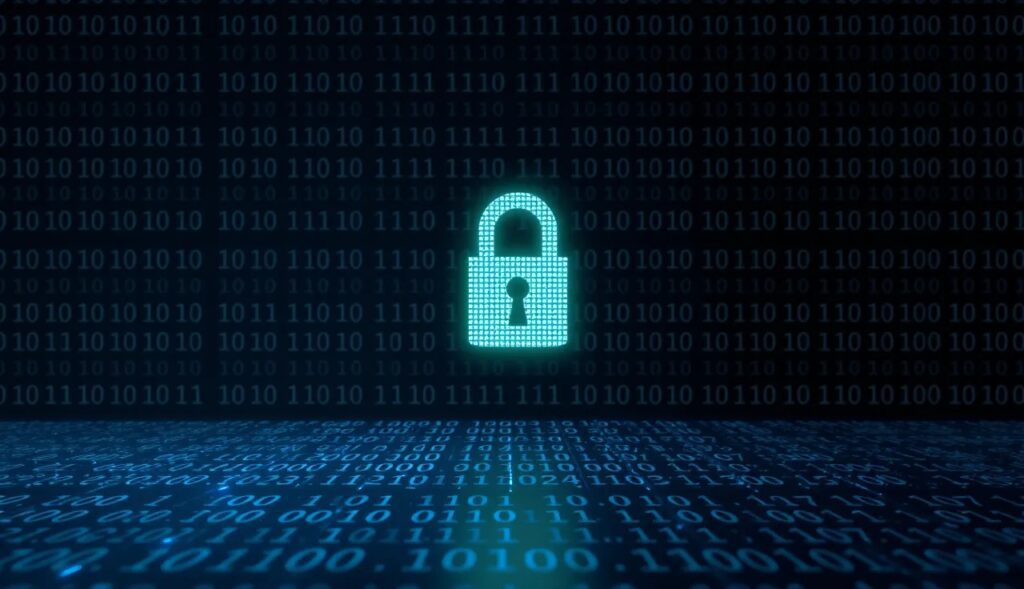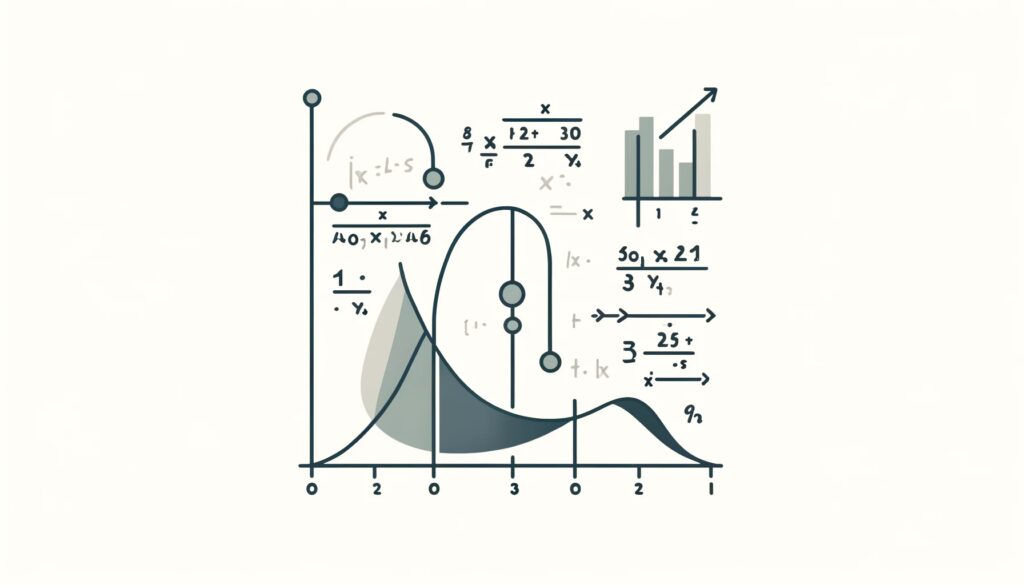
As businesses continue to embrace digital transformation, the demand for fast, secure transaction processing has skyrocketed. Real-time tokenization emerges as a game-changer, ensuring data protection without compromising speed.
What is Real-Time Tokenization?
The Basics of Tokenization
At its core, tokenization replaces sensitive data with unique identifiers or “tokens.” These tokens hold no exploitable value, reducing risks during transmission or storage.
For example, a credit card number gets swapped with a random string like “XYZ123.” The original data remains safe in a secure vault.
Real-Time Capabilities Explained
Real-time tokenization takes this process further by operating at lightning speed. It ensures tokens are generated, validated, and used without delays. This enables smooth and seamless high-speed transactions.
- Ideal for industries like e-commerce, banking, and retail.
- Keeps sensitive data invisible to hackers, even during live payment processing.
Why Real-Time Tokenization Matters
Rising Cyber Threats in Transactions
With online payment fraud projected to reach $48 billion by 2025, businesses face immense pressure to enhance security measures.
- Hackers exploit vulnerabilities in traditional encryption systems.
- Stolen card details or account information fetch high value on the dark web.
Real-time tokenization acts as a fortress, ensuring that intercepted data is useless to attackers.
The Balancing Act: Speed vs. Security
Conventional security methods can bottleneck transaction speeds. However, real-time tokenization preserves the balance by enabling swift yet secure data handling.
- Faster checkouts for customers.
- Reduced operational strain on businesses.
The Key Players in Real-Time Tokenization
Payment Processors Leading the Charge
Companies like Stripe, Adyen, and Square are pioneering tokenization solutions. They integrate robust tokenization engines that cater to merchants of all sizes.
Tech Giants Boosting Adoption
Major players such as Visa and Mastercard also push for tokenized payments. They emphasize standardized frameworks to streamline adoption globally.
How Real-Time Tokenization Works

Step-by-Step Process of Tokenization
- Data Collection: Sensitive data (e.g., card details) is captured during a transaction.
- Token Generation: A random, non-sensitive token replaces the original data instantly.
- Secure Storage: The original data is stored securely in a token vault, accessible only via authorized requests.
- Validation & Processing: The token is sent for processing, ensuring the transaction completes without exposing sensitive data.
This real-time mechanism ensures that even if intercepted, tokens are meaningless outside the secure system.
Technical Infrastructure Behind It
- Cloud-Based Vaults: Ensures scalable and encrypted data storage.
- APIs and Middleware: Facilitates communication between systems while handling tokens securely.
- AI Integration: Predicts and mitigates anomalies during transactions to prevent breaches.
Advantages of Real-Time Tokenization
Unmatched Security
Traditional methods like encryption can be deciphered, but tokens are useless if stolen. This reduces the likelihood of data breaches.
Cost-Effective Compliance
By removing sensitive data from systems, businesses simplify compliance with regulations like PCI DSS, GDPR, and HIPAA.
Seamless Scalability
Tokenization can handle millions of transactions simultaneously without slowing down operations, making it ideal for rapidly growing businesses.
Challenges in Implementing Tokenization
Integration Complexity
Merging tokenization with legacy systems can be challenging, requiring customized solutions. API integrations often bridge this gap but demand skilled developers.
Initial Cost Investment
Though long-term savings are significant, implementing tokenization solutions involves upfront costs for hardware, software, and training.
Perception of Risk
Businesses may worry about token vaults becoming single points of failure. Redundancy measures and multi-cloud strategies help mitigate this risk.
Advanced Cryptographic Techniques in Tokenization
While tokenization isn’t encryption, it often uses cryptographic principles to strengthen security. Let’s break it down:
- Randomization Algorithms: These algorithms ensure that tokens cannot be reverse-engineered. The randomness eliminates patterns, which are often exploited by attackers.
- Keyless Tokens: Unlike encryption keys, tokens don’t require decryption. Their detachment from the original data means even advanced brute-force attacks can’t reveal sensitive details.
- End-to-End Tokenization: From data capture to processing and storage, every phase ensures no sensitive information is exposed.
Token Vault Security Layers
Token vaults are the backbone of real-time tokenization. Here’s what keeps them nearly impenetrable:
- Multi-Factor Authentication (MFA): Adds layers of protection for vault access.
- Encryption at Rest and In Transit: Ensures data is secure, even during communication.
- Redundant Backup Systems: Prevents data loss due to vault failures or breaches.
- Role-Based Access Controls (RBAC): Limits access to sensitive data to authorized personnel only.
By combining these measures, token vaults maintain airtight security while facilitating rapid transactions.
Tokenization vs. Encryption: Why Tokenization Wins
Key Differences That Matter
| Aspect | Tokenization | Encryption |
|---|---|---|
| Data Protection | Original data replaced entirely | Data transformed (but reversible) |
| Security Risk | Tokens are meaningless if stolen | Encrypted data can be decrypted |
| Regulatory Scope | Simplifies compliance efforts | Requires advanced compliance frameworks |
Tokenization shines in environments where data breaches are common because it limits exposure at every stage.
How does Real-time Tokenization differ from Encryption?
While both secure sensitive data, real-time tokenization replaces data with a unique token, whereas encryption transforms it into an unreadable format that requires decryption.
Example:
- Tokenization: A credit card number like “4111 1111 1111 1111” becomes “TKN12345” (stored securely, no reversal possible).
- Encryption: The same credit card number is encrypted into something like “YX98@!Fks” but can be decrypted with a key.
Use Cases Where Tokenization Excels
- Point-of-Sale Systems: Keeps sensitive cardholder data invisible during swipes or taps.
- E-Wallets: Services like Apple Pay or Google Pay tokenize card information, ensuring secure NFC transactions.
- Recurring Payments: Merchants store tokens for repeat billing without retaining sensitive cardholder data.
The Economics of Real-Time Tokenization
How Tokenization Saves Money
While initial costs may seem steep, tokenization proves cost-effective in the long run:
- Lower Compliance Costs: By keeping sensitive data out of scope, businesses reduce compliance audits and fees.
- Fraud Prevention: Eliminating sensitive data from transactions minimizes fraud-related losses.
- Operational Efficiency: Tokenization APIs streamline data management, reducing time spent on manual security protocols.
The ROI of Security Investment
According to a study by Ponemon Institute, organizations save an average of $1.4 million in post-breach costs by adopting tokenization.
Insight: Businesses recoup tokenization expenses within months through operational and compliance savings.
Exploring Real-Time Tokenization in Emerging Fields
Tokenization Beyond Finance
- Healthcare: Patient records are tokenized to protect personal health information (PHI) under regulations like HIPAA.
- IoT Devices: Sensors and connected devices tokenize transmitted data, preventing breaches in smart homes or industrial settings.
- Digital Identity Management: Personal credentials (like SSNs) are tokenized for secure, decentralized identity solutions.
Use Cases in Supply Chain Security
Supply chains involve complex, multi-step transactions, often with sensitive data at risk. Tokenization helps:
- Track Goods Anonymously: Serial numbers and batch data are tokenized to prevent counterfeiting.
- Secure Vendor Transactions: Payment and contract data is protected across supply chain partners.
- Facilitate Blockchain Integration: Tokenized data aligns with blockchain’s immutable records for added transparency.
Overcoming Limitations with Cutting-Edge Innovations
Solving Token Vault Bottlenecks
While critics argue that token vaults are single points of failure, solutions like multi-cloud storage and distributed token vaults are emerging to mitigate these risks.
Real-Time AI Monitoring
AI-powered anomaly detection systems continuously monitor transactions for irregularities, adding an extra layer of protection against evolving threats.
Decentralized Tokenization Platforms
Innovative solutions are exploring decentralized tokenization to eliminate the reliance on single vaults. Blockchain-based systems tokenize and secure data across a distributed ledger, reducing systemic vulnerabilities.
How to Get Started with Tokenization
Evaluate Your Needs
Understand the volume and sensitivity of your data. Are you dealing with financial transactions, personal information, or both?
Partner with Experts
Choose trusted providers like Stripe, TokenEx, or Cybersource, which offer turnkey solutions and robust support.
Train Your Team
Ensure staff are trained in handling tokenized data systems, including compliance and troubleshooting best practices.
Test and Optimize
Pilot the implementation in a controlled environment to identify any bottlenecks or vulnerabilities.
Real-time tokenization is more than a security measure; it’s a cornerstone of future-ready systems. By diving deeper into its nuances and applications, we uncover its immense potential to safeguard and streamline our digital world.
FAQs
Is tokenized data completely safe from hackers?
Yes, but with limitations. Tokenized data is useless without the corresponding vault. However, hackers targeting weak vaults or access controls could still pose a risk.
Real-life Case: Companies using tokenization in their POS systems effectively reduce breaches, as tokens carry no real value. However, implementing strong vault security and monitoring is crucial.
Can tokenization slow down transaction processing?
No, real-time tokenization is designed for speed. The process happens in milliseconds, ensuring seamless transactions even during peak loads.
Example:
E-commerce platforms like Amazon use tokenization to handle millions of simultaneous transactions without delays, preserving both security and speed.
Can tokenization work with legacy systems?
Yes, with the right API integrations and middleware, tokenization can be implemented in older systems. However, it may require some custom development.
Example: A traditional bank using COBOL-based systems integrated tokenization APIs to secure online banking transactions without overhauling its entire infrastructure.
Does tokenization help with regulatory compliance?
Absolutely. Tokenization simplifies compliance with data protection laws like:
- PCI DSS (for payment data).
- GDPR (for personal data in the EU).
- HIPAA (for healthcare data).
Example: A European e-commerce site used tokenization to protect customer details, avoiding hefty GDPR fines during a data breach attempt.
What happens if the token vault fails?
A well-designed tokenization system includes redundancy and disaster recovery protocols. For example, multi-cloud storage ensures data availability even during system failures.
Example: A payment processor distributed its vaults across multiple regions, so even during a local outage, tokenization services continued uninterrupted.
Is tokenization useful beyond payment security?
Yes, tokenization is increasingly used in:
- Identity Management: Replacing Social Security Numbers with tokens for enhanced privacy.
- Supply Chain: Securing product tracking data to prevent counterfeiting.
- IoT Devices: Protecting transmitted data in connected devices.
Example: An IoT-enabled car uses tokenized data to send diagnostic information securely, ensuring hackers cannot manipulate the car’s systems.
How does tokenization work with mobile wallets?
Mobile wallets like Apple Pay or Google Pay rely heavily on tokenization. They replace card details with a unique device-specific token during transactions. This ensures that the card information never leaves the phone.
Example: When you tap to pay with your phone, the token is transmitted to the payment terminal instead of your actual card number. Even if intercepted, it’s useless without the wallet system.
What role does AI play in tokenization systems?
AI enhances tokenization by:
- Monitoring for anomalies: Detecting unusual patterns that may indicate attempted breaches.
- Streamlining validation: Ensuring tokens are processed faster and more accurately.
- Optimizing scalability: Managing token vault loads during peak traffic.
Example: An e-commerce site using AI-driven tokenization saw a 30% reduction in fraud attempts, as AI flagged suspicious token usage in real-time.
Can tokenization secure non-payment data like passwords or emails?
Absolutely. Tokenization is effective for any sensitive data, including:
- Emails: Protecting personal identifiers in marketing databases.
- Passwords: Replacing them with tokens to reduce risks during login attempts.
- Health Records: Ensuring sensitive information complies with regulations like HIPAA.
Example: A healthcare provider tokenized patient emails to send reminders securely while keeping the original data hidden.
How is tokenization different from pseudonymization?
Tokenization and pseudonymization both aim to protect sensitive data, but they differ in execution:
- Tokenization replaces data with tokens stored in a secure vault.
- Pseudonymization replaces data with identifiers, but the original data is still within the same system.
Example: A company pseudonymizing data might store “John Doe” as “User123,” but tokenization would replace it with “TKN5678,” stored entirely elsewhere.
Does tokenization require specialized hardware?
No, tokenization is often software-based and integrates seamlessly with existing systems via APIs. However, industries requiring ultra-high security, like financial services, may use dedicated hardware for secure token vaults.
Example: A financial institution uses Hardware Security Modules (HSMs) to manage token vaults, adding an extra layer of security against tampering.
How does tokenization enhance cloud security?
In cloud environments, tokenization minimizes exposure by replacing sensitive data before it’s stored in the cloud. Even if attackers breach the cloud infrastructure, they only access meaningless tokens.
Example: A SaaS company tokenized customer information before storing it in the cloud, ensuring that even during a cloud provider’s outage or breach, data privacy was maintained.
What happens to tokens after they are no longer needed?
Tokens are often destroyed or marked inactive when no longer in use. This minimizes clutter and prevents unauthorized use of dormant tokens.
Example: A merchant automatically invalidates tokens linked to expired credit cards, reducing risks while simplifying account management for customers.
How does tokenization improve customer trust?
By protecting customer data, tokenization reassures users that their information is secure. This builds loyalty and confidence in digital transactions.
Example: After implementing tokenization, a retailer highlighted their enhanced security in marketing campaigns, leading to a 15% increase in online sales as customers felt safer.
Resources for Learning More About Real-Time Tokenization
Industry Publications and Blogs
- TokenEx Blog: Regular updates and insights on tokenization trends, use cases, and best practices.
Visit TokenEx Blog - Stripe Documentation: Comprehensive guides on tokenization for developers and businesses.
Stripe Tokenization Overview - PCI Security Standards Council: Information on how tokenization helps with PCI DSS compliance.
PCI Tokenization Guidelines
White Papers and Case Studies
IBM’s Data Tokenization White Paper: Discusses tokenization in multi-cloud environments and advanced enterprise use cases.
Read IBM White Paper
“Tokenization vs. Encryption” by CipherCloud: A deep dive into the pros and cons of both methods.
Download the White Paper
“Reducing Fraud with Real-Time Tokenization” by Adyen: A real-world case study on how tokenization minimizes payment risks.
Explore Adyen Resources
Toolkits and Software Solutions
- Cybersource Tokenization Tools: Enterprise-grade APIs for integrating real-time tokenization.
Cybersource API Documentation - AWS Payment Tokenization: Learn about implementing tokenization in Amazon Web Services cloud solutions.
AWS Tokenization Guide - Google Cloud Security Solutions: Tokenization offerings for businesses managing sensitive data in Google’s ecosystem.
Google Cloud Tokenization





